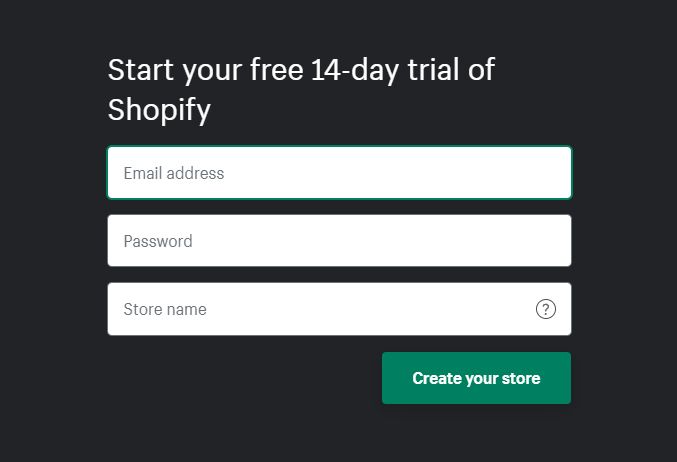The guideline for inserting a new link in Wordpress will help you to manage a blogroll, which is known as a set of links, via the Links menu in the WP Admin section of your Dashboard.
Once you have added the Links Widget, these links will be displayed on your blog. Consequently, your users will have a more pleasing experience while reading your blog. Because they just need to hit a click at the line that they want to know more about. Let's go straight to the main point here.
1. Add New Link
Look at your Wordpress Admin Dashboard, then you can find the Links menu. In the Links menu, hit a click on Add New. The new page will load.

As consequence, there will be a space for you to enter the URL of the link and specify its name.

2. The Name module
In the Name module section, it's where you add your link text. This clickable text will appear in your blogroll after you insert it. I will give you an example to understand it clearly: When you add a link to http://amazon.com/, you might type “Amazon” into the Name text box.

3. The Web address module
In the Web Address module section, it's where you input the site’s URL. It must begin with the "http://". In case you browse to the original site, you can also copy the full URL from your browser’s address bar. For instance, if you embed Amazon, you’d enter http://amazon.com/.

4. The Description module
In the Description module section, it's where you add text that describes or explains the link. When visitors hover their cursors over the link, they will see the text. In the Amazon example, you might write something like “Cool place to shop online.” in the description to impress visitors.

5. The Categories module
In the Categories module section, it's where you organize your links into categories. For instance, when you create links to ford.com, toyota.com, or gm.com, you might assign them to an “Automobiles” category. When you look under the headling of your blog, those links will then be displayed under an “Automobiles” title.

6. The Target module
In the Target module section, it's where you choose the location that the link will open when clicked.
- _blank forces the link to open in a new window or browser tab, depending on how the visitor has configured their browser.
- _top opens the link in the top frame. You'd only use this if you were showing your blog inside a frame on another web site because Wordpress doesn't use frame.
- none loads the link in the current window or browser tab. This option is set in default.

7. The Link Relationship module
In the Link Relationship (XFN) module section, it's where you are provided a simple way to represent the human relationships behind your links. If you want to know more information, please see the XFN site.

8. The Advanced module
In the Advanced module section, it's where you add some additional details, like the address of an image to display above the link, the RSS Address of the site’s RSS feed, any notes you’d like to add, or a rating from one to ten.

9. The Save module
In the Save module, it's where you select the option to keep the link private. As a result, the link will not be displayed on your blog. When you finish, just click the Add Link button.

Conclusion
This instruction might seem very long to some people, but it is detailed on the whole for you to follow. I expect that you will meet no difficulties in putting the instruction of this article into practice. In case you do have trouble, then don't hesitate to inform us your problems via comments below or email. We are always willing to help you to fix it.


